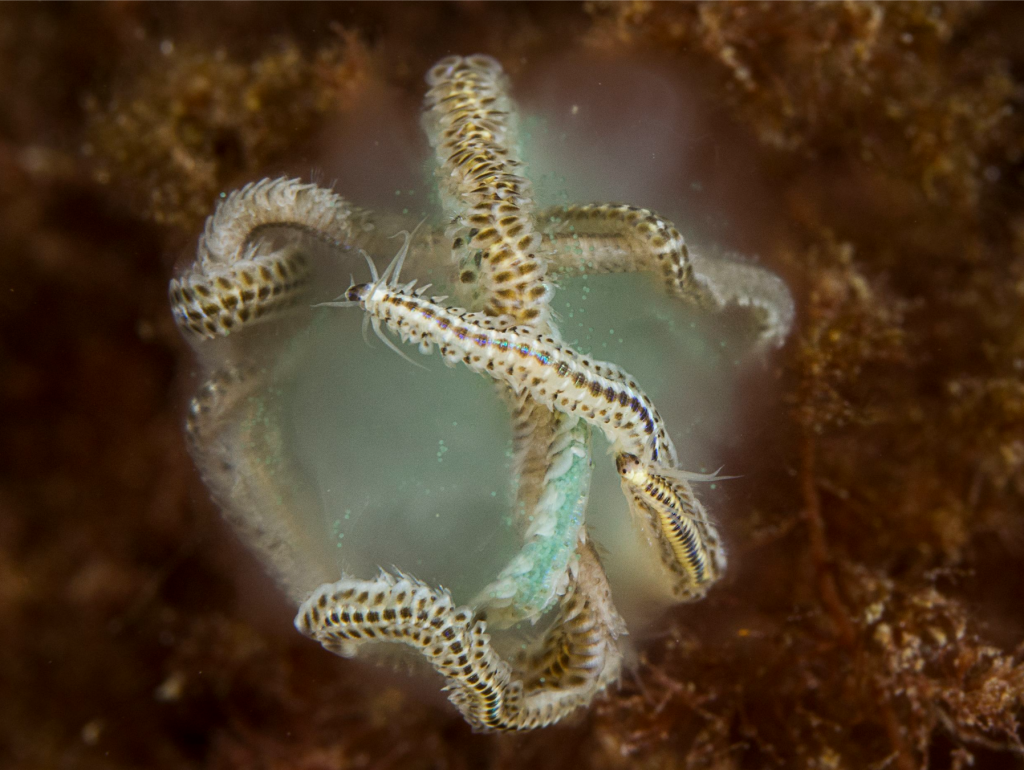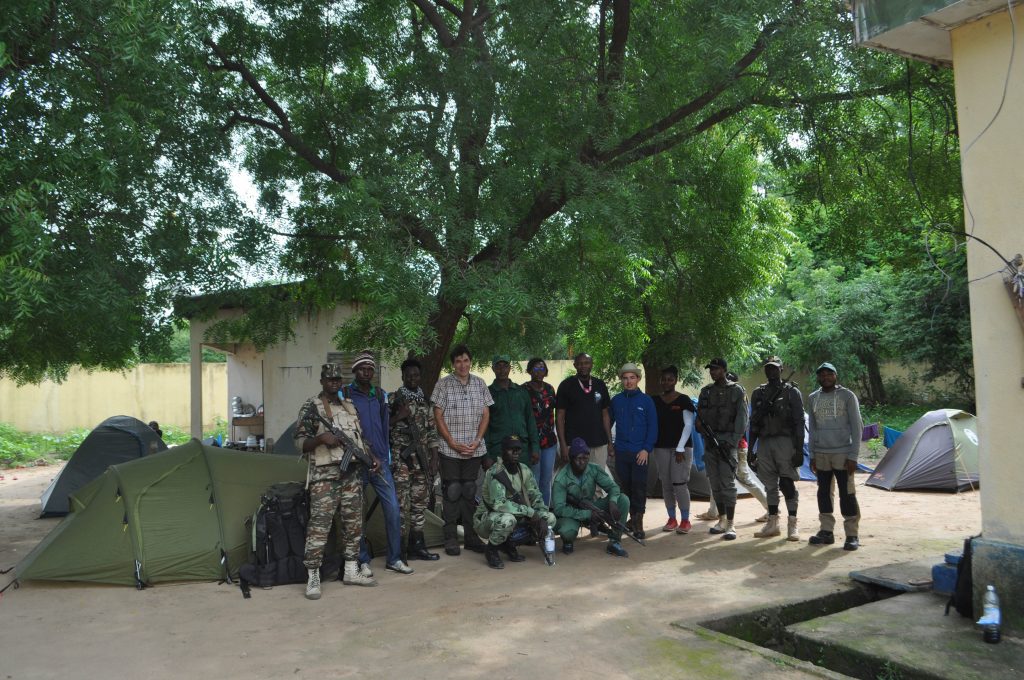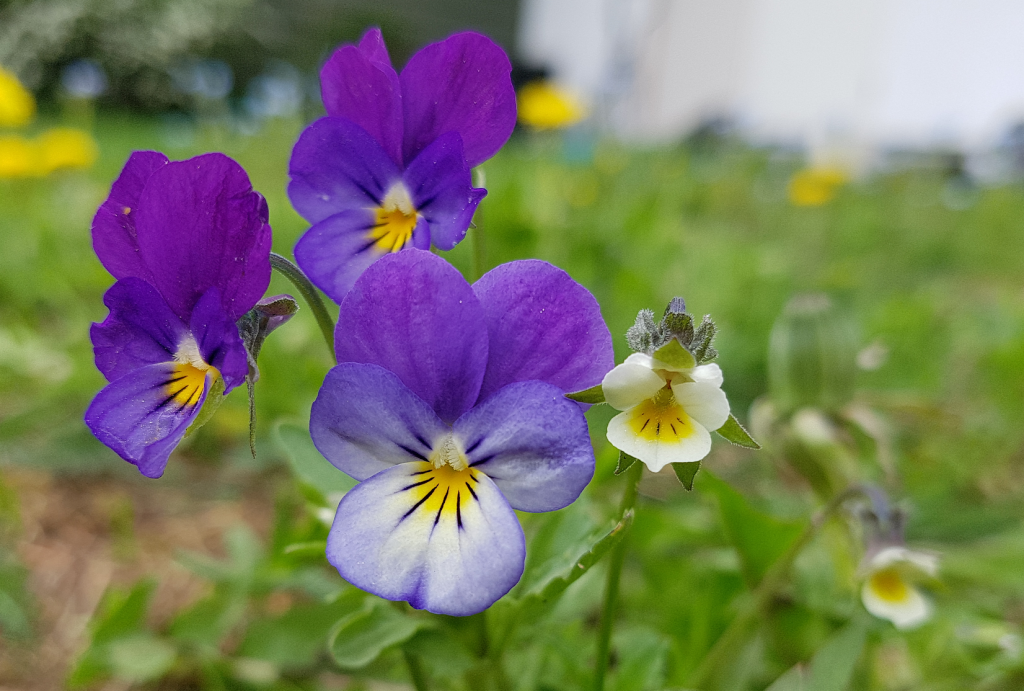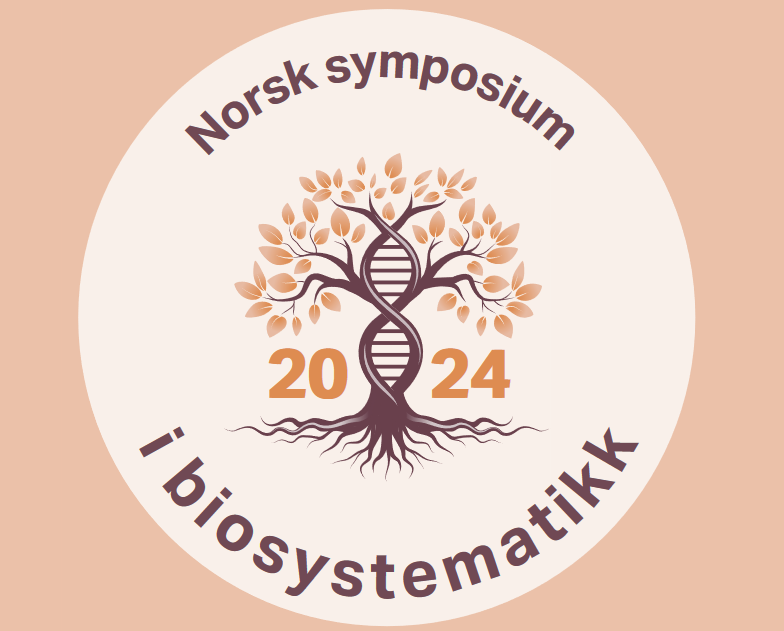After an already strong commitment to Norwegian Biodiversity Genomics earlier this year, CEG showed an even stronger commitment to Norwegian Biosystematics at the first ever “Norsk symposium i biosystematikk” organized by Artsdatankena and the Natural History Museum last week in Oslo. With 10 out of 49 contributed talks and flash talks, CEG again contributed about 20% of these. This time there were also much more talks from the Natural History Museum in general showing the breadth of systematic research at our museum.
Anna-Lotta Hiillos presented her Marie Skłodowska-Curie Actions Postdoctoral project funded by the EU. In the talk “A prologue of a tripartite symbiosis: describing the diversity of gregarine-microsporidian symbiosis in marine polychaetes”, she present the background and the first results related to marine polychaete worms (Annelida), their protistan symbionts (gregarines), and the microsporidian parasites of the symbiont. Hence, these three form a tripartite symbiosis.

Last year a new Artsdatabanken project “iNoLa: inventory of Norwegian Laboulbeniales” has started looking at fungi of the order Laboulbeniales also called beetle hangers. These microscopic fungi act as obligate insect ectoparasites and Håkon Knudsen presented the progress in this inventory using pinned insects from our collections. He could report an estimated 30 – 40 species that are new to Norway.
Ana Teresa Capucho present another Artsdatabanken project “MeioSkag – meiofauna and interstitial fauna of four lophotrochozoan groups of the Skagerrak”, which has only started this year. The aim of this project is to map the distribution of meiofaunal species of four animal phyla (flatworms, ringed worms, hairbellies, and jaw worms) from the beaches to a depth of 50m in the Skagerrak. Ana presented first results including the involvement of two Erasmus students from Italy.

In contrast, the talk “Animal diversity of kelp forests and sea grass meadows” by Torsten Struck reported on the results of a finished Artsdatabanken project. As there were many different results, he concentrated on the presence of possible cryptic species in the well-known trekantorm (Spirobranchus triqueter) and the invasive species Caprella mutica.
In his talk “Preliminary analysis on the phylogeography and population structure of the hooded seal (Cystophora cristata)”, Enrico Maria Perlini gave insights into his PhD project. The hooded seal is distributed over North Atlantic and Arctic Ocean and highly susceptible to climate change and hence of high conservation interest. The aim is to uncover the hooded seal’s demographic history, population structure and phylogeny using different methods and samples including historical ones.

Three of our talks were given by our African guests, who are part of the NorPart project “Antenna”, which also included field trips to collect insects in different African countries. The first talk of these was by Ojong-Nkongho Grace M’Ayuk about “Diversity of Philonthus of Cameroon and phylogeny of the genus with particular reference to African species”. She present her study that aims to inventory Philonthus species in Cameroon, describe any newly discovered species and infer the phylogeny of the genus. She could already identify a new species.
The other presentation on “Diversity and molecular characterization of rove beetles in Ghana’s forest ecosystems with particular reference to subtribe Medonina” was by Hilda Ansomaa Jakin Osei-Mireku. There is very limited previous research about Staphylinidae diversity in Ghana and her research is vindicating this situation not only using classical taxonomic approaches but also modern molecular methods. This will contribute to increase the taxonomic tools in insect research in Ghana.
Bawe Carlson Tumu gave the third presenation “Taxonomy of Xantholinini (Insecta: Coleoptera: Staphylinidae) of Mount Cameroon National Park”. Mount Cameroon is a biodiversity hotspot with a unique altitudinal gradient reaching up to 4180 m above sea level. Buildung upon a recent revision, his project is to study the diversity of Staphylinidae within Mount Cameroon with particular focus on taxonomy of Xantholinini.
With the final two talks, we in a way returned back to the conference earlier this year on biodiversity genomics. Thomas Marcussen in his talk “Non-adaptive processes drove a wave of angiosperm whole genome duplications in the Americas at the Cretaceous-Paleogene transition” provided new analyses on genome evolution in plants. He showed that, on average, the ancestral areas that suffered the regions with the highest proportions during the last mass extinction in plants (i.e. North America, Caribbean, South America) were also over-represented in the occurrences of whole genome duplications. Thus, whole genome duplication events probably happened in situ during the phase of post-extinction low species richness in the Americas in plants.

The last presentation of the conference was again by Torsten Struck on “Genomics in Norwegian and European biodiversity research”. In his talk, he presented the possibilities to do genomic research within Europe and put especial emphasis on ERGA. At the end, he invited the Norwegian Biosystematics community to join the European community crosslinking these two scientific disciplines. Similar, to what we accomplish with our own group CEG being inherently interdisciplinary and covered both animals, plants and protists.
![]()
